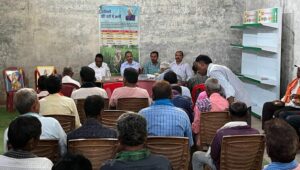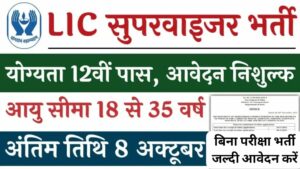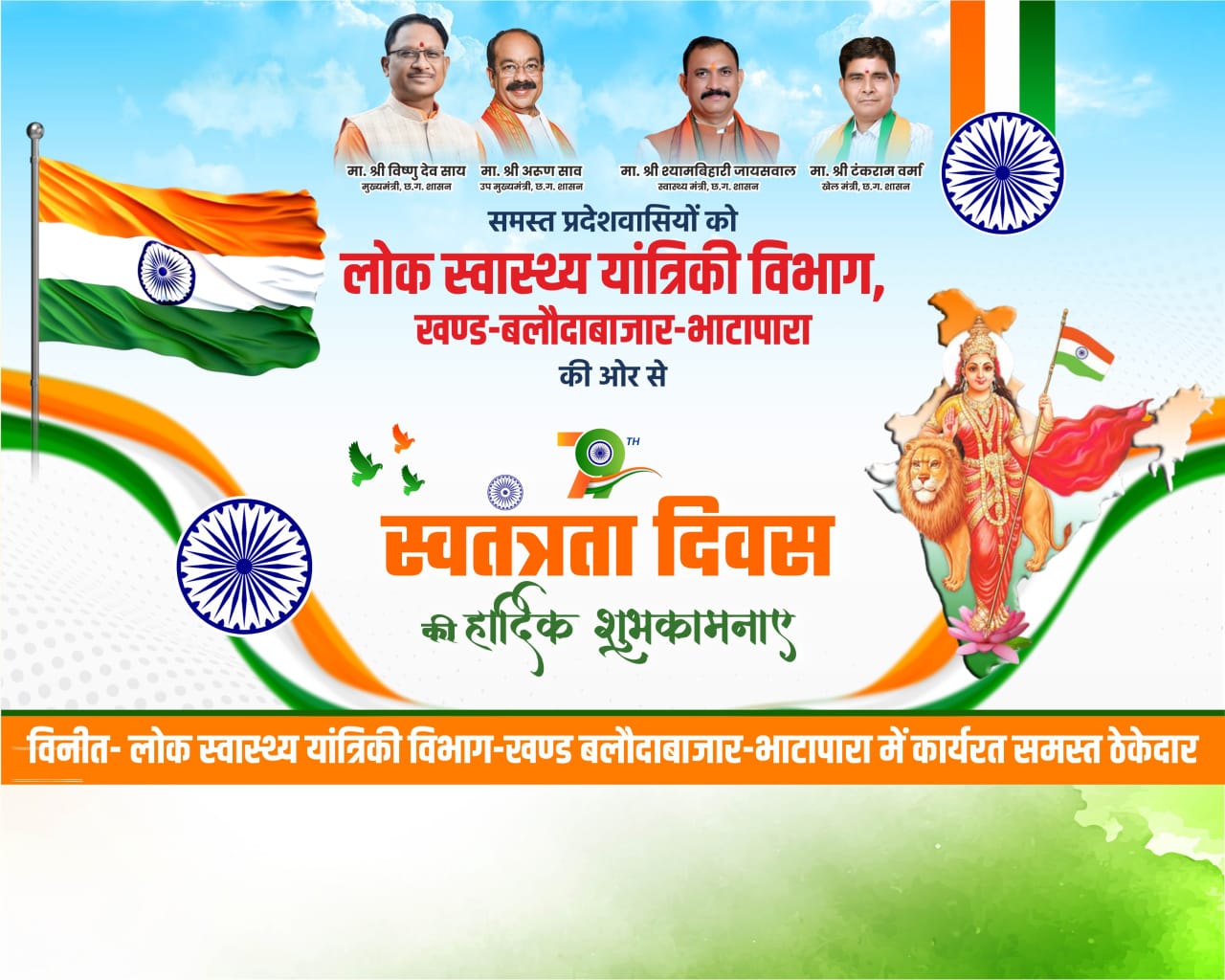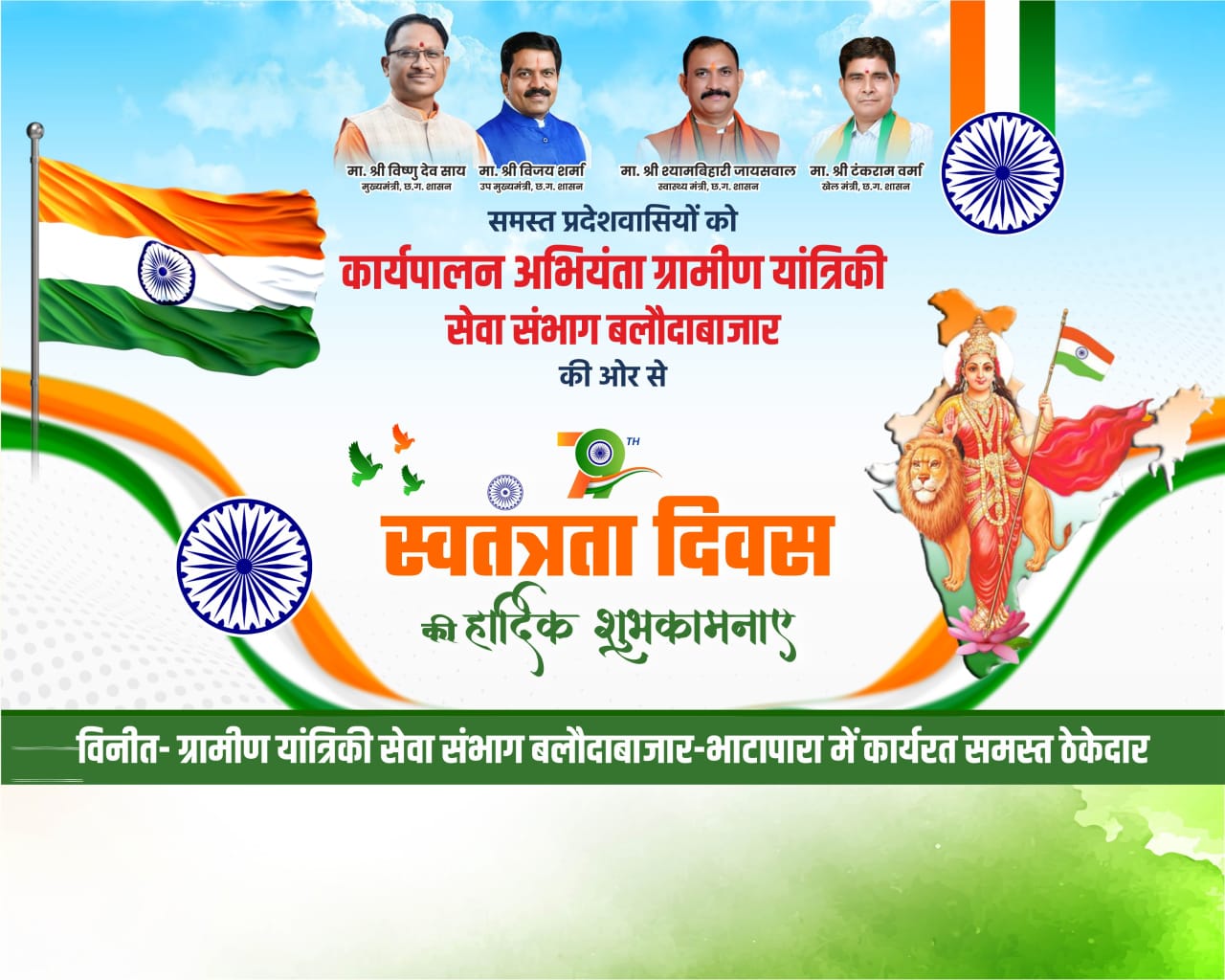Space storms, primarily driven by solar activity, are powerful phenomena that can have profound effects not only on our planet’s technological infrastructure but also on living beings, including sailors navigating the oceans and parrots perched in treetops. Understanding these interactions offers valuable insights into our environment and how natural indicators can serve as early warning systems.
Table of Contents
- Understanding Space Storms and Their Impact on Life at Sea and in the Atmosphere
- The Nature of Space Storms and Their Propagation to Earth
- How Space Storms Affect Sailors at Sea
- Parrots as Sensitive Indicators of Atmospheric and Space Weather
- The Longevity and Behavioral Adaptations of Parrots in Response to Space Weather
- Modern Technologies and Pirots 4 as a Case Study
- Cultural and Historical Perspectives: Pirates, Gold Earrings, and Human Reliance on Natural Indicators
- Non-Obvious Aspects: Ethical and Ecological Considerations
- Future Directions: Enhancing Safety and Understanding Through Interdisciplinary Approaches
- Conclusion: Interconnectedness of Space Weather, Human Activity, and Animal Behavior
Understanding Space Storms and Their Impact on Life at Sea and in the Atmosphere
Space storms are intense disturbances caused by solar activity, such as solar flares and coronal mass ejections. These phenomena release vast amounts of charged particles and electromagnetic radiation into space, which can interact with Earth’s magnetic field and atmosphere. Characteristics of space storms include sudden increases in solar radiation, geomagnetic disturbances, and auroras, which are visible markers of these energetic events.
On Earth, space weather influences a variety of systems—disrupting satellite operations, communication networks, and navigation tools vital for sailors. Moreover, these disturbances can modulate atmospheric conditions in ways that animals like parrots can detect, often before humans notice any change. The purpose of exploring these effects is to recognize how interconnected our environment is, spanning from celestial phenomena to terrestrial life.
Key Points
- Solar activity drives space storms, releasing charged particles and radiation.
- Earth’s magnetic field acts as a shield but can be temporarily overwhelmed, causing geomagnetic storms.
- Historical events: The 1859 Carrington Event disrupted telegraph systems, illustrating the impact of space weather.
The Nature of Space Storms and Their Propagation to Earth
Solar activity creates space storms through intense bursts of energy and plasma ejected from the Sun’s corona, known as coronal mass ejections (CMEs). These ejections travel through space along magnetic field lines, often directed towards Earth. When these charged particles reach our planet, they interact with the Earth’s magnetic field, causing geomagnetic storms that can last hours or days.
The Earth’s magnetic field functions as a protective shield, deflecting many particles away. However, during intense solar events, the magnetic field lines can become distorted or temporarily open, allowing energetic particles to penetrate and induce geomagnetic disturbances. These events have historically impacted radio signals, GPS accuracy, and power grids, exemplified by events like the 1989 Quebec blackout.
| Event | Impact |
|---|---|
| 1859 Carrington Event | Disrupted telegraph systems worldwide, auroras seen near equator |
| 1989 Quebec Blackout | Power grid failures due to geomagnetic induction |
| 2012 Solar Storm | Satellite communication disruptions |
How Space Storms Affect Sailors at Sea
Sailors, especially those navigating using traditional methods like celestial navigation, have historically relied on clear skies and visible stars. However, during space storms, increased electromagnetic activity can interfere with modern navigation systems such as GPS and radio communication, crucial for maritime safety.
Disruptions can lead to navigation errors, increasing the risk of accidents or shipwrecks. For example, during geomagnetic disturbances, compass readings may become unreliable, and radio signals can be severely degraded, complicating communication with shore stations or other vessels.
Historically, sailors and pirates depended heavily on celestial navigation. Pirates in the 17th and 18th centuries often used stars and the sun to determine their positions, making them vulnerable to atmospheric disturbances that could obscure celestial cues. Today’s navigators benefit from advanced technology, but understanding natural indicators remains vital, especially when technology fails.
Parrots as Sensitive Indicators of Atmospheric and Space Weather
Parrots, known for their keen senses, have demonstrated an uncanny ability to detect atmospheric disturbances before humans notice them. Their acute vision and sensitivity to environmental cues make them natural early warning systems for approaching storms, whether atmospheric or space-based.
Evolutionary traits such as bright plumage and complex vocalizations have endowed parrots with heightened environmental awareness. During atmospheric disturbances, parrots often exhibit changes in behavior—becoming agitated, vocalizing loudly, or seeking shelter—signaling that something unusual is occurring.
Research shows that parrots can detect shifts in atmospheric electric fields, pressure, and even electromagnetic variations, which are common during space storms. Their reactions, therefore, serve as natural bioindicators, providing early warnings that can complement technological monitoring systems.
The Longevity and Behavioral Adaptations of Parrots in Response to Space Weather
Many parrot species can live up to eighty years, allowing scientists to observe long-term behavioral responses to environmental changes. Such longevity provides a unique opportunity to study how repeated space weather events influence their health and behavior over decades.
Parrots’ reactions—such as increased vocalizations or seeking refuge—can serve as reliable early warnings for upcoming space storms. Recognizing these patterns can help researchers develop integrated monitoring systems that include animal behavior as a component for space weather forecasting.
Protecting parrots and other long-lived species is crucial, not only for conservation but also because their natural sensitivities can enhance our understanding of environmental dynamics. These insights have practical implications for human safety in regions prone to space weather disturbances, especially in areas where technological infrastructure is vulnerable.
Modern Technologies and Pirots 4 as a Case Study
Current space weather monitoring relies heavily on satellites, ground-based observatories, and predictive models. Devices such as magnetometers and solar observatories track solar activity in real-time, providing alerts to mitigate potential disruptions.
An example of innovative technology inspired by natural sensitivities is Pirots 4. Although primarily a modern device, it exemplifies how understanding environmental cues—whether from animal behavior or technological sensors—can improve forecasts. Pirots 4 integrates data from multiple sources, including environmental signals, to enhance the accuracy of space storm predictions.
Incorporating animal behavioral data into space weather models represents an emerging frontier. By studying how parrots and other sensitive species respond to atmospheric and geomagnetic disturbances, scientists can develop more holistic prediction systems that benefit both human safety and ecological health.
Cultural and Historical Perspectives: Pirates, Gold Earrings, and Human Reliance on Natural Indicators
Throughout history, humans have relied on natural cues to anticipate environmental changes. Pirates, for example, used visual signs such as cloud formations, wind patterns, and star positions to navigate and avoid storms. These traditional knowledge systems often proved vital before the advent of modern technology.
The symbolic significance of gold earrings, historically worn by sailors and pirates, extended beyond adornment. Gold acted as a form of savings and sometimes as a talisman believed to bring good fortune or ward off danger, including storms. Such cultural practices highlight humanity’s long-standing dependence on natural indicators for survival and safety.
Lessons from history emphasize the importance of observing and interpreting environmental signs—an approach that remains relevant today, especially as technological systems become more complex and susceptible to space weather disruptions.
Non-Obvious Aspects: Ethical and Ecological Considerations
Using animals as natural indicators raises ethical questions about their treatment and well-being. While parrots naturally respond to environmental cues, intentional manipulation or disturbance of their habitat for monitoring purposes must be carefully managed to avoid harm.
Moreover, space storms can impact ecosystems by affecting animal migration, breeding, and survival rates. For instance, geomagnetic disturbances have been linked to disoriented migratory birds and altered animal behaviors, which can cascade into ecological imbalances.
Preserving long-lived species like parrots is not only vital for conservation but also for maintaining natural bioindicators that can alert us to environmental changes. Ethical stewardship ensures that these species continue to serve as vital components of our ecological and observational systems.
Future Directions: Enhancing Safety and Understanding Through Interdisciplinary Approaches
Advancements in space weather prediction involve integrating satellite data, ground-based sensors, and behavioral science. Artificial intelligence is increasingly used to analyze complex data sets, improving forecast accuracy and early warning systems.
Studies of animal behavior, particularly parrots’ reactions, can complement technological methods, providing an additional layer of early detection. Combining traditional knowledge, ecological monitoring, and cutting-edge technology creates a comprehensive approach to managing space weather risks.
Collaborations between scientists, technologists, and indigenous or traditional communities can foster innovative solutions. For example, developing sensors that mimic animal sensitivities or employing machine learning algorithms that interpret behavioral cues could revolutionize space weather forecasting, ultimately safeguarding human lives and preserving ecological integrity.
Conclusion: Interconnectedness of Space Weather, Human Activity, and Animal Behavior
In summary, space storms—though originating from celestial phenomena—have tangible effects on our daily lives, influencing sailors navigating the seas and animals like parrots that inhabit our environment. Recognizing natural indicators, whether through technological devices like Pirots 4 or the behavioral responses of sensitive species, enhances our ability to anticipate and mitigate adverse impacts.
“Understanding the natural signs of environmental change fosters a safer, more resilient relationship with our planet and its inhabitants.”
Ultimately, the ongoing study of space weather and its effects underscores the profound interconnectedness of cosmic events, human activity, and ecological health. Embracing a multidisciplinary approach ensures we remain vigilant and adaptive in the face of these powerful celestial influences.
















